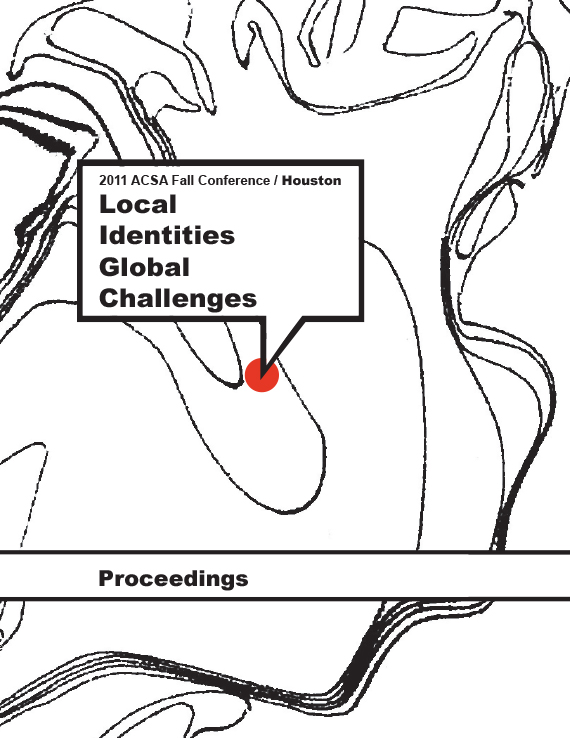Author(s): Shima Mohajeri
Only a living culture, at once faithful to its originsand ready for creativity on the levels of art, literature,philosophy and spirituality, is capable of sustainingthe encounter of other cultures—not merelycapable of sustaining but also of giving meaning tothat encounter. When the meeting is a confrontationof creative impulses, then it is itself creative.– Paul Ricoeur, Civilization and National Cultures, inHistory and TruthThe formulation of the question of modernity in itsnuanced variations as it spreads into other geographieswould suggest the phenomenon of globalization.Whether the newly perceived globalism oughtto be the result of a homogenized fusion madeof multiplicity of different cultures, or whether itshould originate from the dynamic tension betweenmodern and regional values is still a formidablequestion. However, it is time to acknowledge thefailure of the project of modernity to superimposeits central tenets upon others with the aim of creatinga unified culture as a symptom of colonialism,or, the equal misfortunes of those naïve attemptsto invent a non-Western model in the face of thedestructive forces of the former. Although postcolonialscholarship on the project of modernity in itsencounter with the space of ‘other’ geographieshave posed a decisive challenge to many colonialassumptions from the exclusion of contextual andregional factors to the unidirectional authoritativeinfluences, these criticisms nevertheless fall shortof the contemporary expectation for a better understandingof the diversity of modern projects asthey repeatedly generate at the global scale. Thenhow specifically, can we characterize the relationshipbetween modernity and its movement andtransformation toward a more complex structureas ‘modern globalism’? And what would be theproducts of this phenomenon in the contemporarylandscape of architecture?
Volume Editors
Ikhlas Sabouni & Jorge Vanegas

 Study Architecture
Study Architecture  ProPEL
ProPEL 
